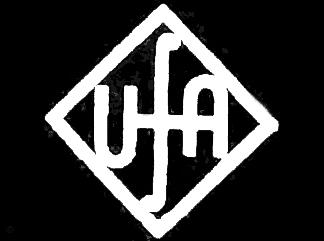Thursday, July 07, 2011
Eastern Cree
Whopee! This morning I think I finally grasped the logic of the language of the Eastern Cree: in particular, the Transitive Verbs with Animate Direct Objects...
The Intransitive Verbs and the Transitives with Inanimate Direct Objects are sort of straight forward, and do not seem a problem, but those Transitive Animates are head-spinners. It takes a bit of getting used to it.
--
Subscribe to:
Post Comments (Atom)


















6 comments:
Nice teaser, but you *GOT* to give an example to people who, reading such a post, and unable to find a meaningful definition using Google, can't *SLEEP* nights afterwards...
Thanks for the comment, because it forced me to try and make things even clearer to myself.
You're right about the lack of info on the lingo. Wikipedia has
http://en.wikipedia.org/wiki/Direct-inverse_language
where it states in the third paragraph:
"The direct form is used when the subject has higher obviation status (i.e. topicality) or animacy, including person hierarchy, e.g. 1st > 2nd > 3rd, than the object, while the inverse form is used when the reverse is true."
The direct form would be something such as "I see him". The inverse would be "I am seen by him", or actually "He sees me"... but it is not a real passive verb as it would be in English... it is the "Inverse" form.
Add to this the fact that the 1,2, and 3 mentioned refer to first, second, and third persons (I,you,he and the plurals of each) and Cree actually has two more: one another form of "we" meaning "we here present" and a fourth person which is an object any real third person is dealing with (John spoke of his father... "father" is the fourth person).
The Inverse only occurs in the Transitive Animates.
I do not pretend to understand all of this.
OK.
First regarding the Wiki quote: for Cree the "person hierarchy is 2nd>1st>3rd, and not the 1st>2nd>3rd used as an example in the quote.
So the second person "you" sort of rules the roost.
I, we are "1"
You, you(plural) are "2"
He,she,it, they are "3"
1) Focus of attention is Me, "1"
then I say "I see you."
2) If focus of attention or importance is "you", then according to the Wiki quote "2>1>3"
then I would have to use the Inverse: "You are seen by me" or "I see you" with the attention on the direct object, not the subject.
Thanks again. It is now much clearer to me, although it might not be for you. Sorry.
http://moniyawlinguist.wordpress.com/2011/04/26/the-english-passive-and-the-plains-cree-inverse/
This fellow is quite good.
You're right about moniyalinguist. He knew me to see the light, as it were--by giving those German examples, where I am definitely in the picture, or the picture is in me, by golly. The trick in these cases is to learn Cree first by hunting with them, living with them, and then we just know!!
Now you are talking in the Inverse voice! That is too much.
Living with some Cree speakers is indeed the only way to learn it. There is a problem finding adequate grammars. Even the most recent are for Western Cree. and they are more suited to Linguistic Science students.
The grammars are fully half of the problem.
Post a Comment